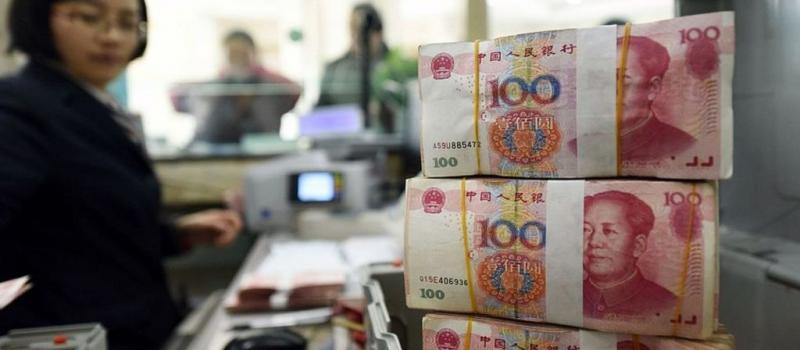China's Economy Outlook in 2017
posted by Xi Sun on December 13, 2016 - 12:58pm

In general, China’s gross domestic product (GDP) in 2017 is likely expected to grow similarly as this year’s around 6.5%, with the consumer price index (CPI) inflating around 3%. Those officially targets will be confirmed later around 20th December 2016 at China's annual year-end top economic meeting, named the Central Economic Work Conference.
In 2017, China will continue its“supply side structural reform” with the five major tasks of “reducing production capacity, unloading inventory, de-leveraging, lowering cost and filling the short board of the economy”, while the government will especially highlight the de-leveraging and preventing financial risks.
Property Market
Many expects China’s property bubble will eventually burst in 2017 like what Japan suffered in the past, while others believe the overall risk of Chinese property market is still under control.
That is no question that Chinese housing market has been over-heating in recently years and the house prices in many cities are too overly valued, especially in those tier 1 cities such as Shenzhen, Xiamen, Shanghai, Beijing, Nanjing, Tianjin, Zhengzhou, Hefei, Shijiazhuang, and Fuzhou. Clearly, the recent house prices hike in some of China’s big cities is not sustainable. In the future, it is possible to see some regional property crises, but a nation-wide buddle burst is less likely to happen.
Stock Market
The Shenzhen-Hong Kong Stock Connect was just launched on 5th December 2016, after a similar link between the Shanghai and Hong Kong bourses was launched in 2014. Most analyses have expressed positive views on Chinese stock markets in 2017. It is highly possible for China’s A-shares to be included into the MSCI Emerging Markets Index in 2017, after the first rejection in 2016.
Chinese RMB
In 2016, the exchange rate between Chinese renminbi (RMB) and the US dollar has fallen nearly 7.7% since the beginning of this year and recently reached an eight-year low as 6.9. As a stronger US dollar is expected to strengthen further, the exchange rate may reach 7 in 2017, and the outflows of Chinese capital will likely continue. However, the further significant and dramatic depreciation of RMB is less possible, because the fundamentals of the Chinese economy are sound and the internationalization of RMB has been in firm progress.
Notably, the uncertainty of US President-elect Trump’s policies towards China such as alleged trade war will definitely further complex China’s economic outlook and trend, so we should keep our eyes open and adjusted our expectations accordingly.

